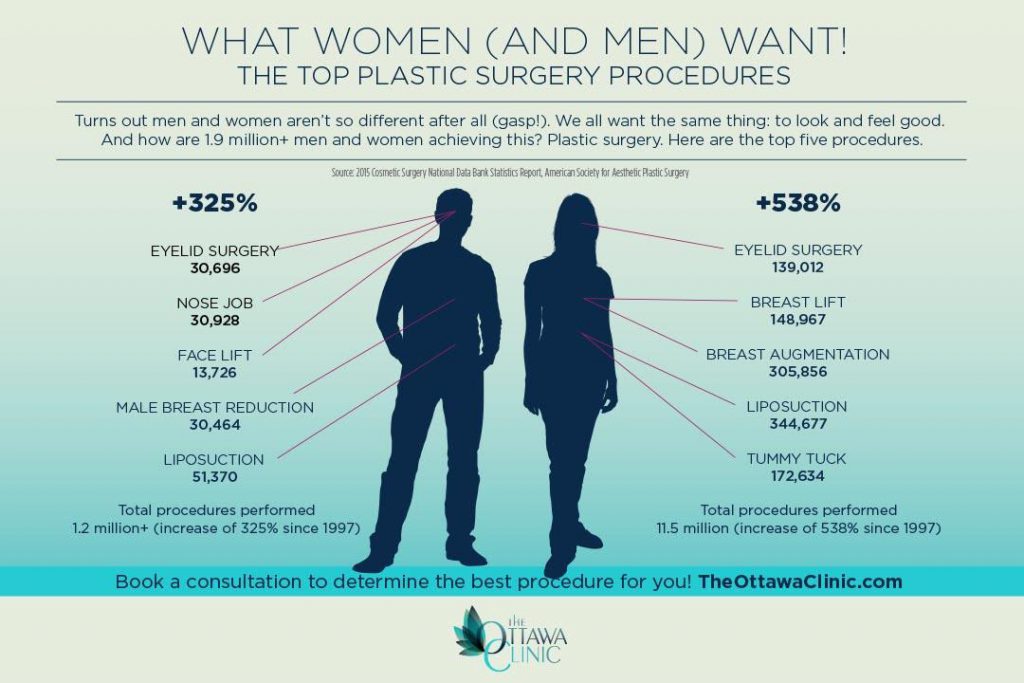Best Acne Treatments For Sensitive Skin
Best Acne Treatments For Sensitive Skin
Blog Article
Acne Marks and Post-Acne Care
Acne marks and dark marks can stay even after the acne itself has gotten rid of. However there are numerous natural, non-prescription and medical treatments that can minimize their appearance.
Ice pick scars are little imprints that look like pinpricks; rolling marks have a wave-like look and superficial deepness; boxcar scars have clear edges; hypertrophic scars are increased bumps. Treatments include skin needling, where your doctor rolls a needle-studded device over the skin; and surgical excision, when a healthcare professional cuts out deep scars.
1. Exfoliate
Acne scars fade best when they aren't covered with dead skin cells. Peeling gets rid of the build-up and permits fresh skin cells ahead to the surface area. It likewise makes acne marks less visible.
A skin specialist can suggest exfoliation methods for your particular skin type. Dry skin may benefit from peeling with scrubs or various other mechanical approaches, while oily skin might require a chemical peel. Those with darker skin tones need to be careful using more powerful chemical therapies, as they can create dark areas and sensitivity.
If you have acne scars, avoid selecting or pressing at them, which can make them even worse. Inflammation triggered by irritation increases the chance of scarring. Selecting can leave ice-pick marks, which are slim imprints with a point at the end. You can also obtain boxcar marks, which are imprints with larger edges. You can also create hypertrophic or keloid marks. These are increased bumps of scar cells that can be scratchy and agonizing.
2. Hydrate
After completing your acne treatment, maintaining skin clear and healthy and balanced needs a consistent skincare regimen that secures from breakouts and reduces post-acne marks. This consists of a mild cleanser and moisturizer, non-comedogenic products that do not block pores, and avoiding foods that irritate skin or trigger acne flare-ups.
Making use of a light-weight, non-comedogenic moisturizer with ingredients like hyaluronic acid and glycerin can aid moisturize skin while likewise improving skin appearance and promoting healing. Seek an item that is formulated without scent or parabens.
An item that targets remaining acne marks with ingredients such as skin-brightening tranexamic acid and bakuchiol can boost dark areas or uneven tone brought on by inflammation. It gently resurfaces the skin while smoothing rough and textured locations. A product that combines a retinoid and a plant-based retinol choice can likewise boost the look of deeper marks while concurrently targeting existing blemishes and preventing future outbreaks.
3. Cover
As soon as your acne marks heal, you can conceal them with makeup and a concealer. Simply ensure you're only using the product over marks that are completely recovered (not fresh ones), states Sotomayor. Then, complete your look with a vibrant lip color or dysport declaration smoky eyeshadow for optimal impact.
When it involves selecting a structure or tinted moisturizer, it is necessary to choose one that is noncomedogenic and oil-free. This will certainly assist keep your skin clear and stop the clogging of pores that can bring about new outbreaks.
The exact same goes with choosing a concealer. Look for a formula that uses full insurance coverage but still really feels lightweight and blendable on the skin. Additionally, when covering impressions from acne scars, it's an excellent idea to locate a color that matches your all-natural skin tone (instead of a shade lighter or darker). This will certainly help hide the indents better. This nourishing balm is an excellent choice for lightening up and lightening post-inflammatory hyperpigmentation, which can be triggered by acne or various other inflammatory skin conditions. It has hydrating panthenol, softening shea butter and reinforcing peptides that reduce inflammation and scaly structure.
4. See Your Skin doctor
The scars that develop from severe acne typically call for treatment by a medical professional or dermatologist. Prior to that can take place, though, a person must have their acne controlled. This consists of not picking or pressing acne places, and using mild cleansers and water-based non-comedogenic items that won't obstruct pores.
If drugstore cleansers and area therapies aren't removing your skin, schedule a visit with a dermatologist. The skin specialist can advise other treatments that aid clear your skin without drying it out or irritating it.
A skin doctor can also treat various other sort of post-acne marks, including dark areas that are a kind of hyperpigmentation called PIH (post-inflammatory hyperpigmentation). A topical retinoid like adapalene can noticeably lighten these marks and fade them swiftly. For various other sorts of scars, the physician can recommend a more intensive treatment. This can include microdermabrasion or chemical peels that are done right in the office. Relying on the severity of your scars, these treatments might require to be duplicated.